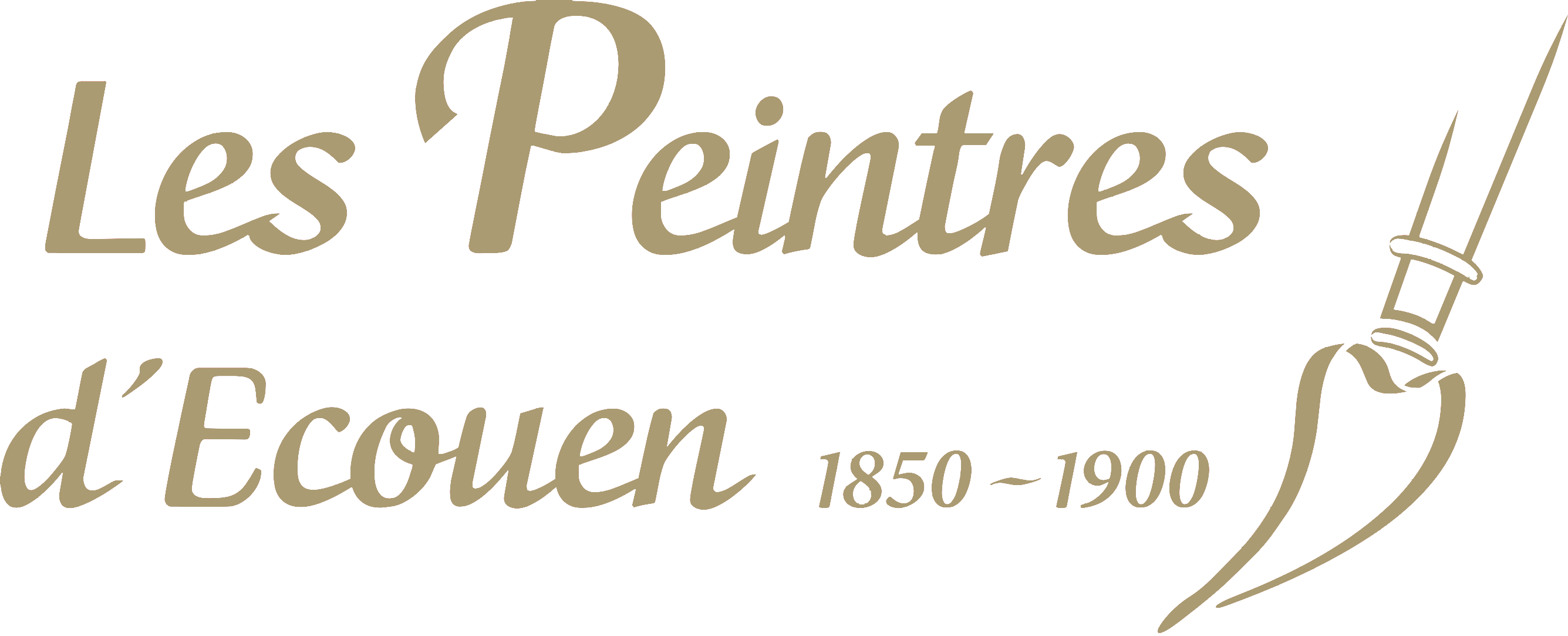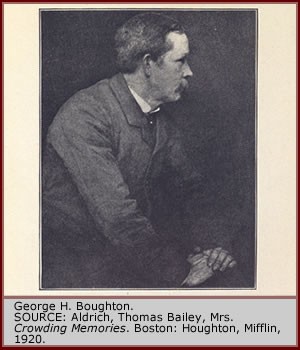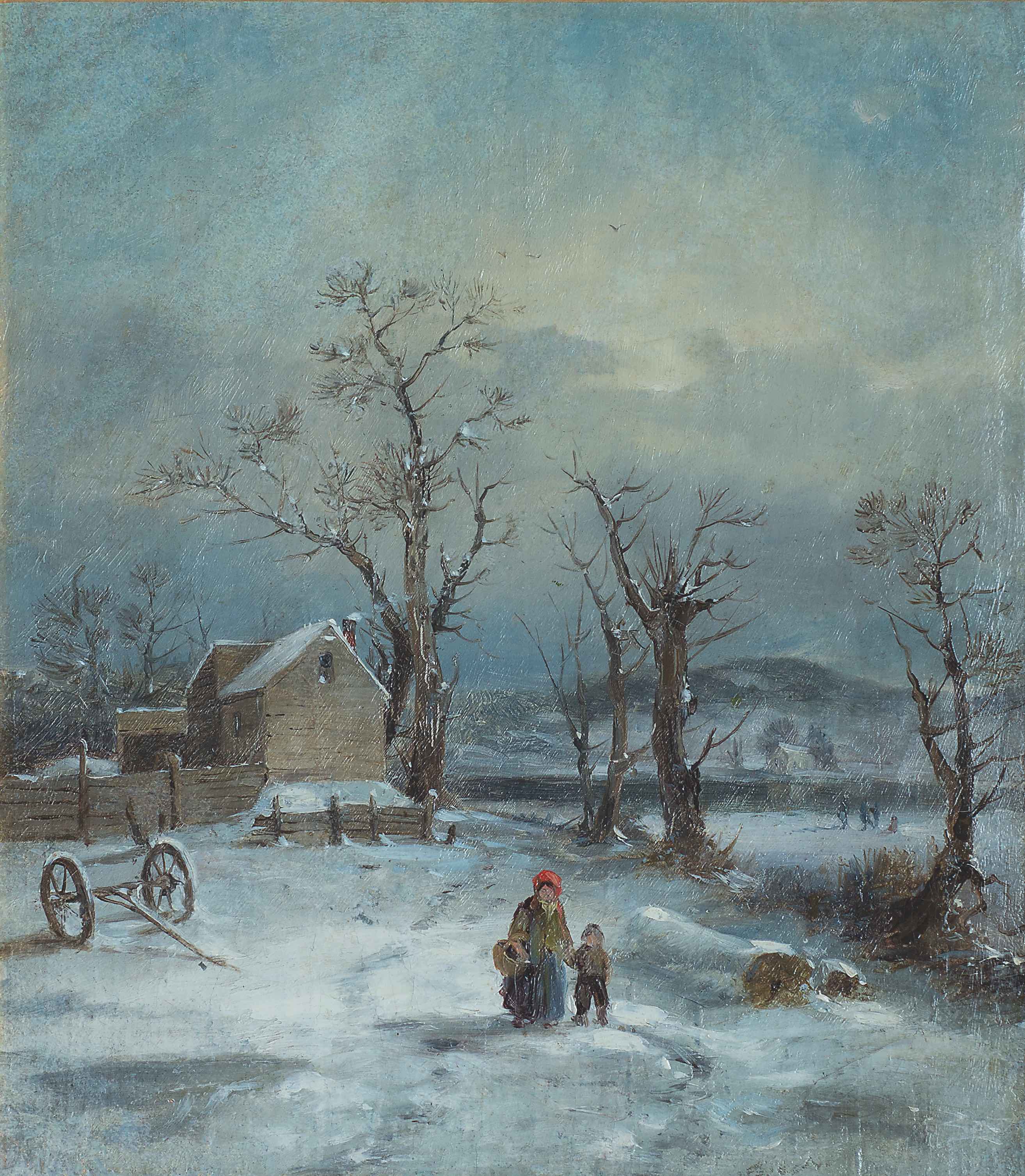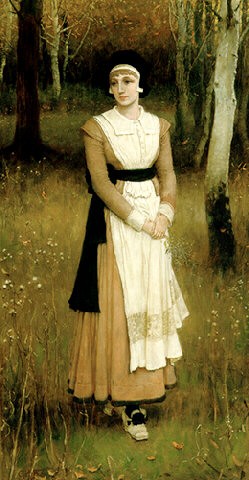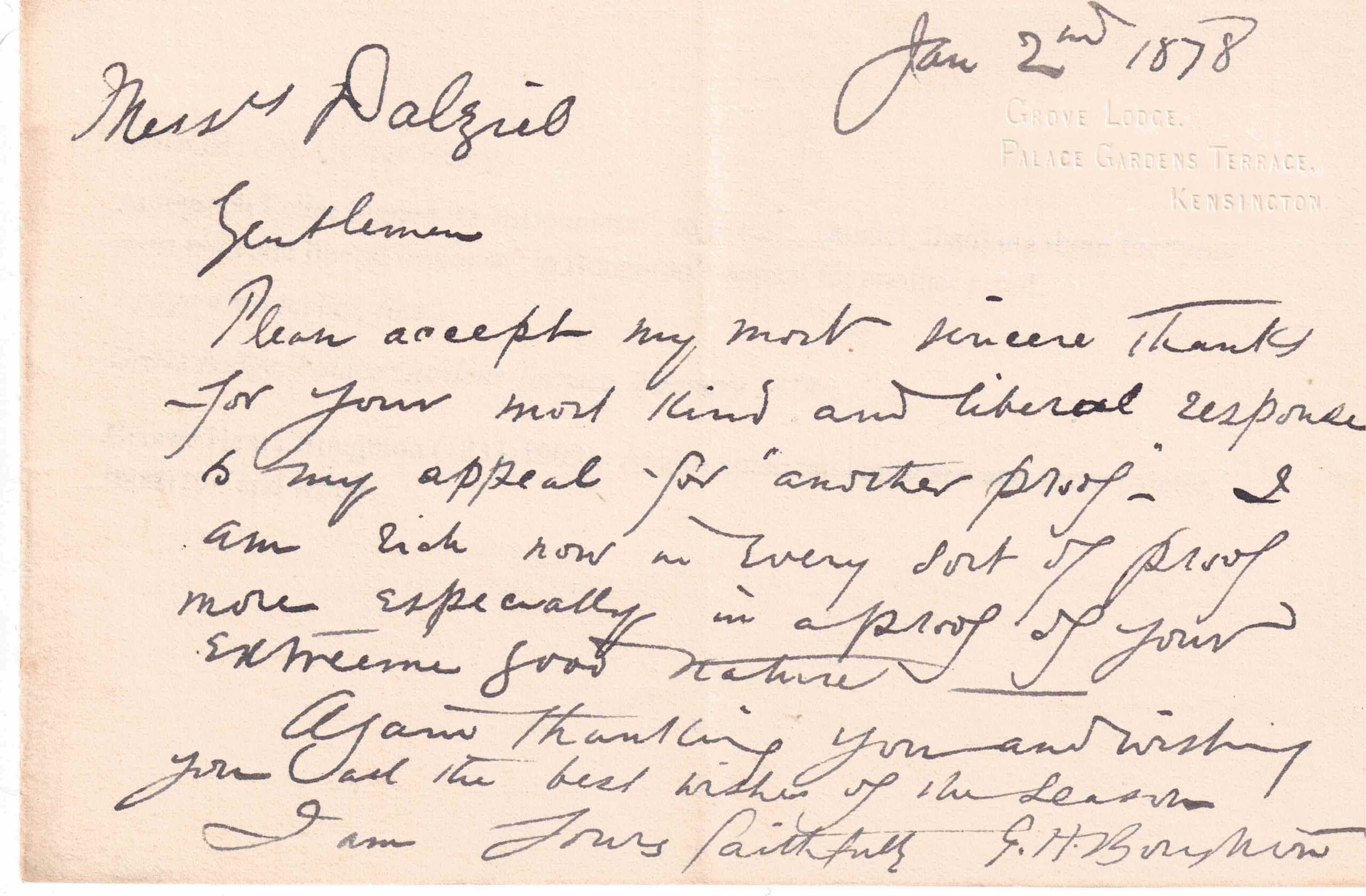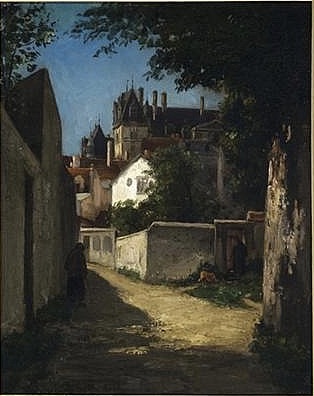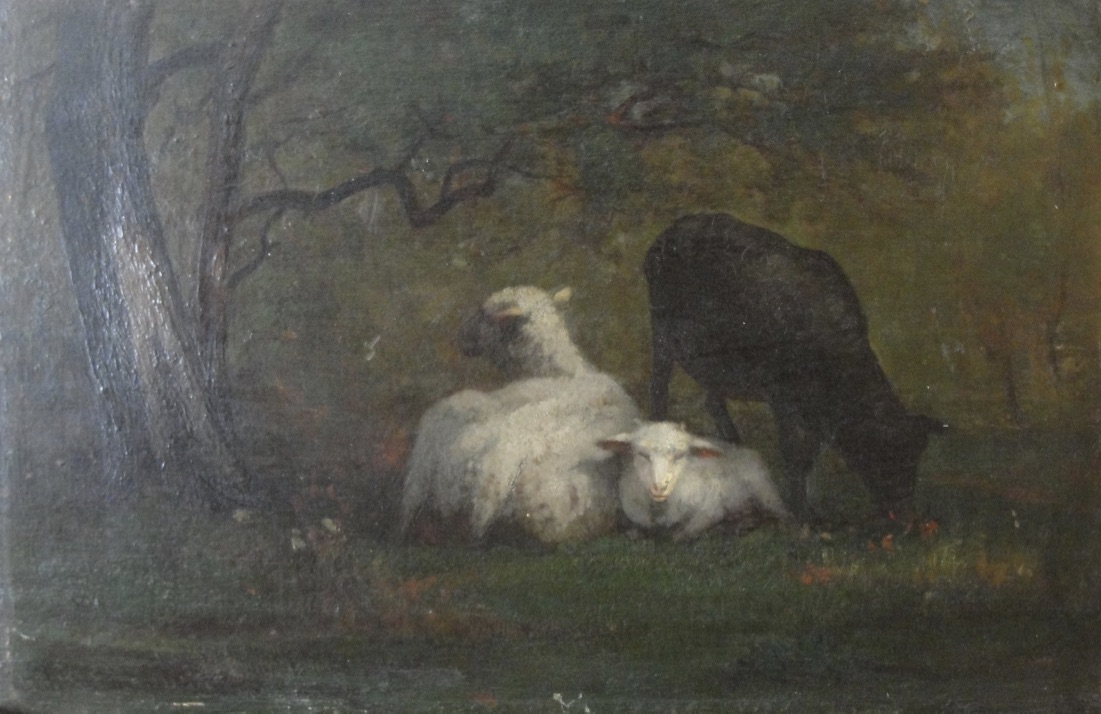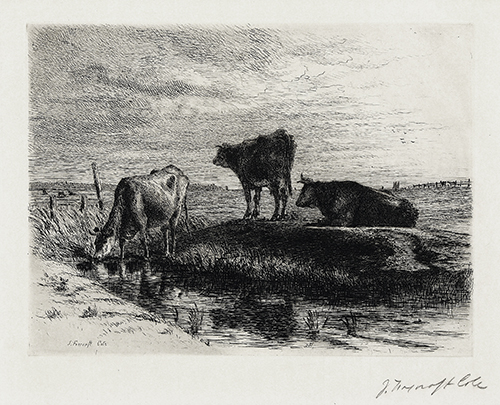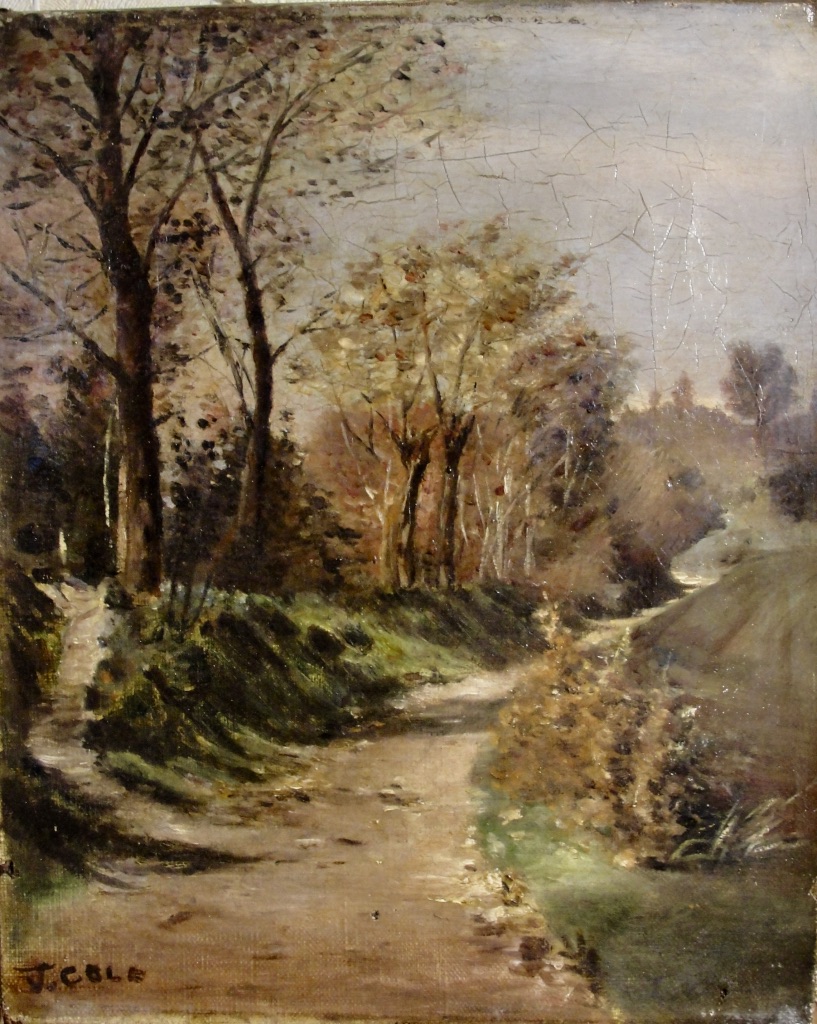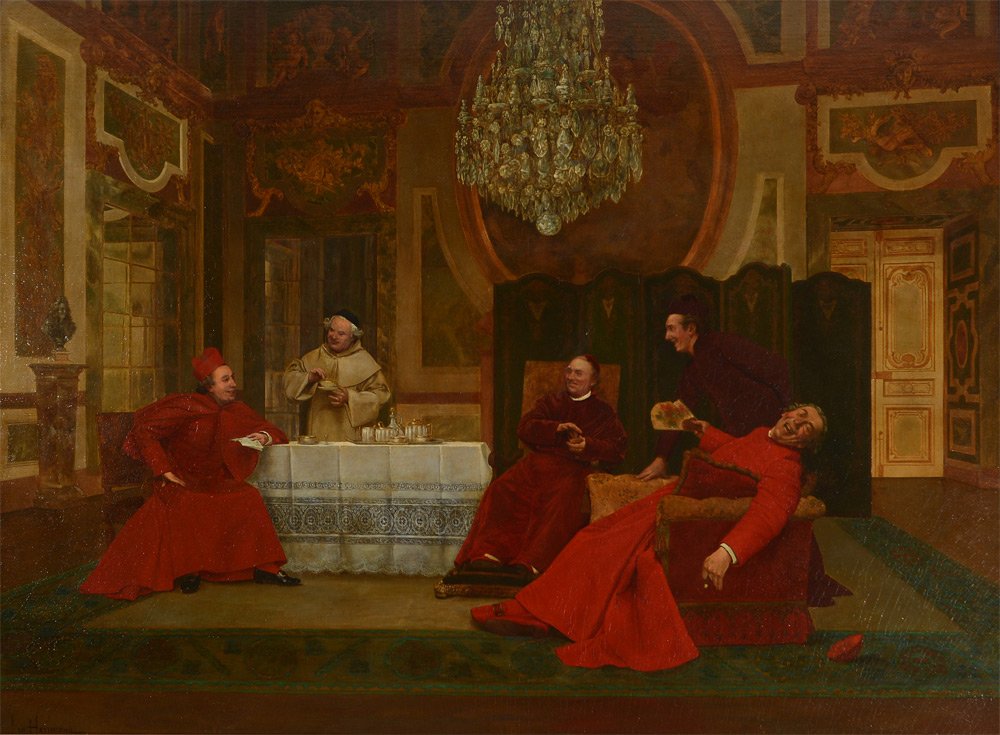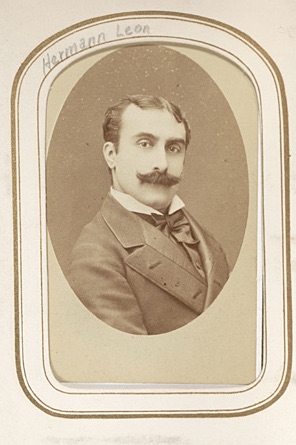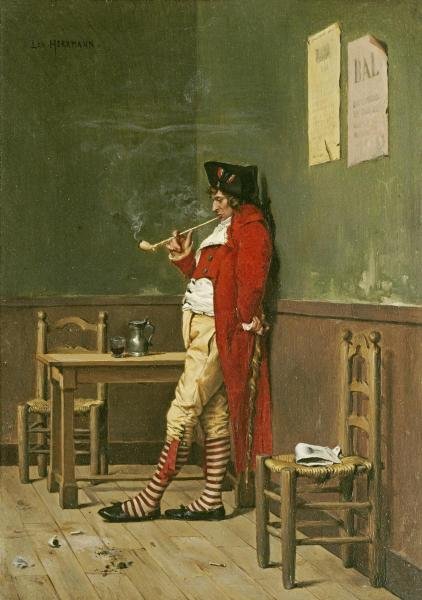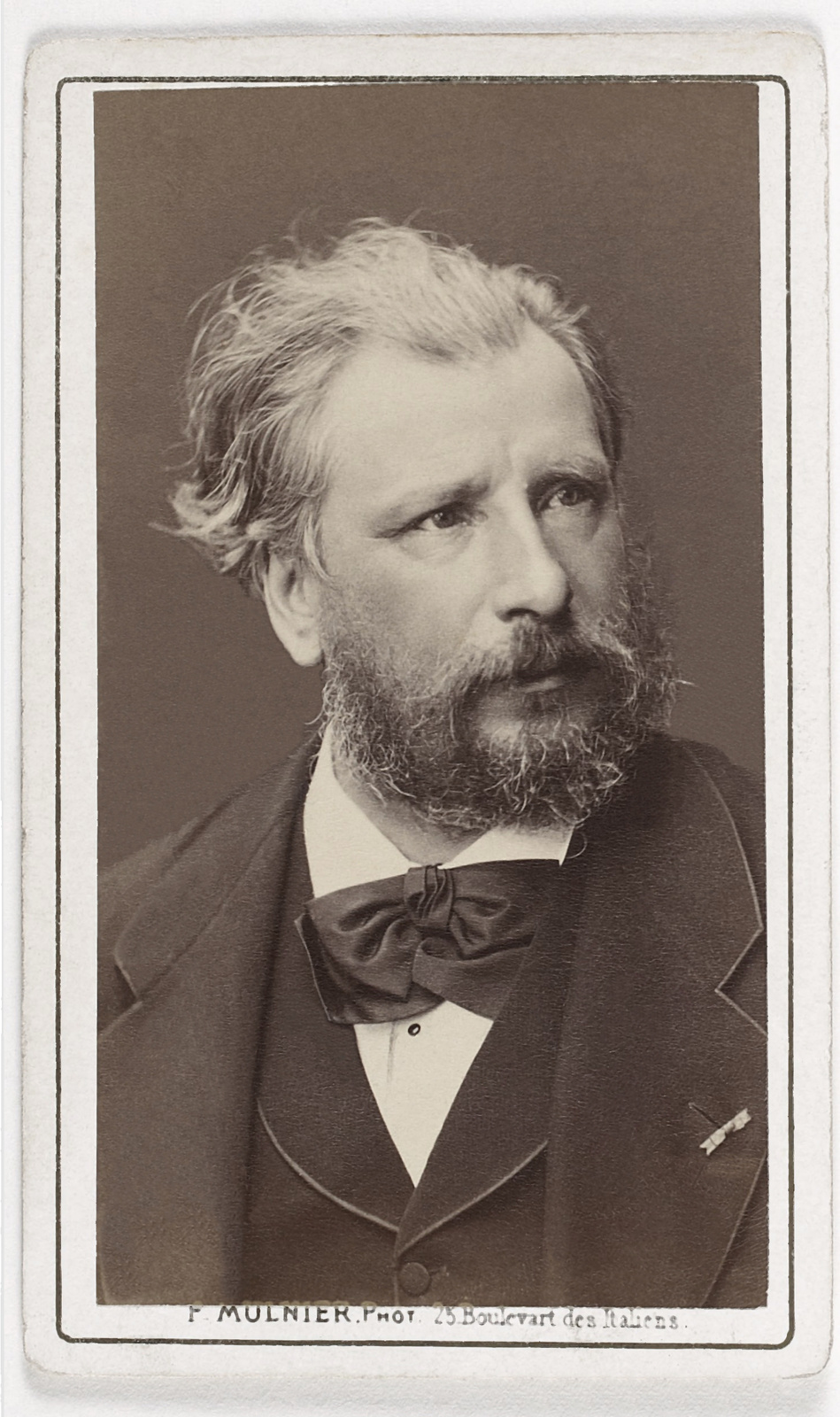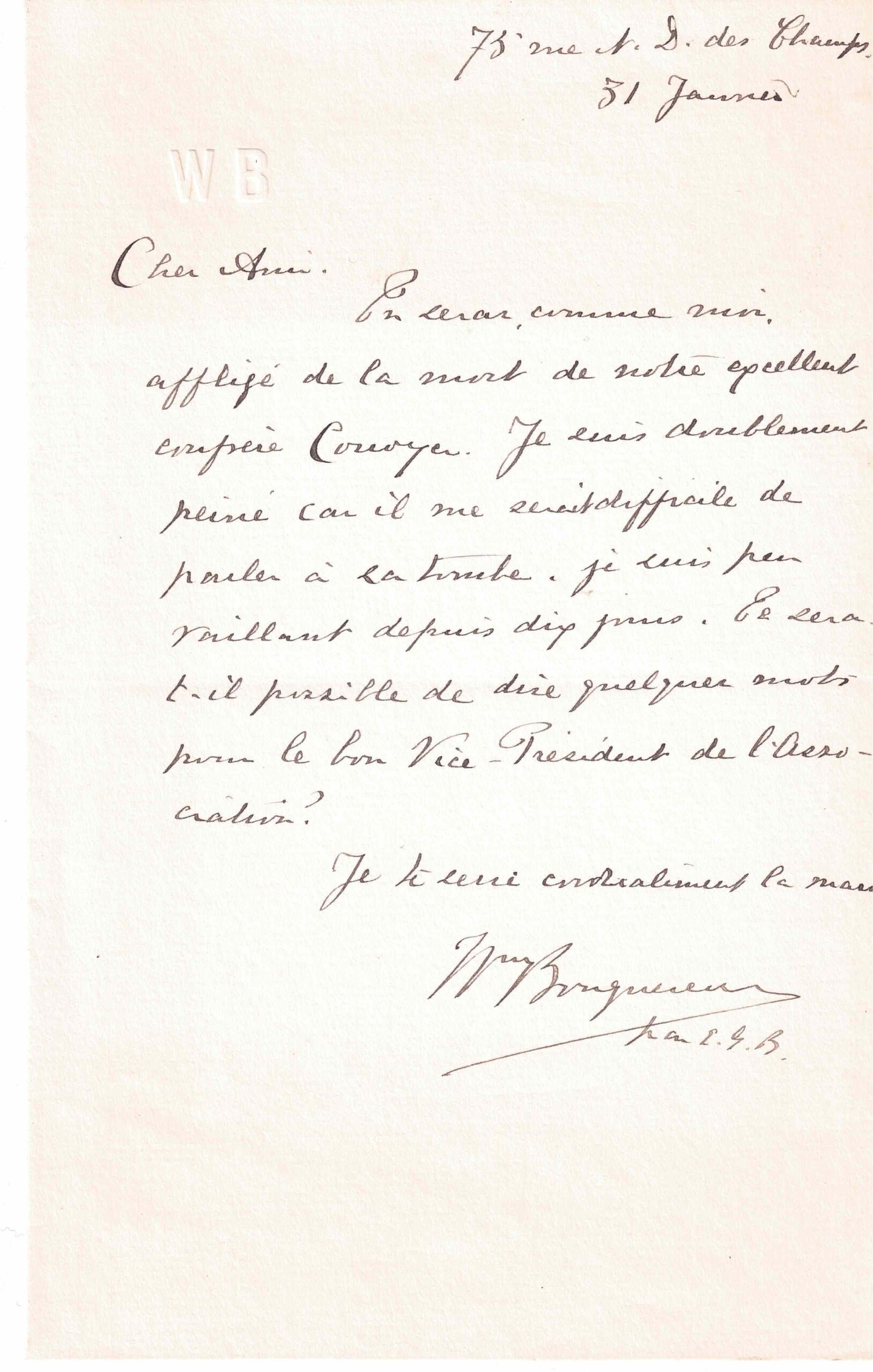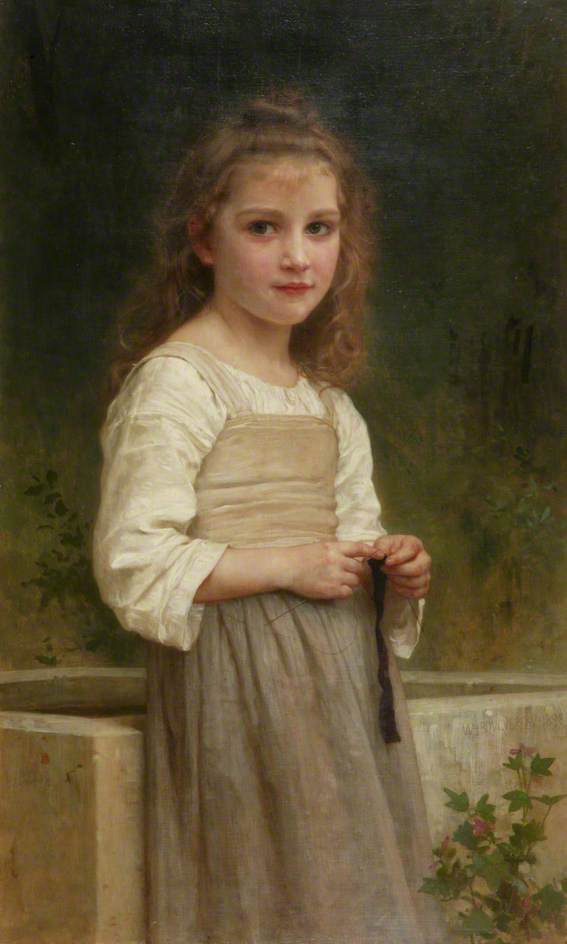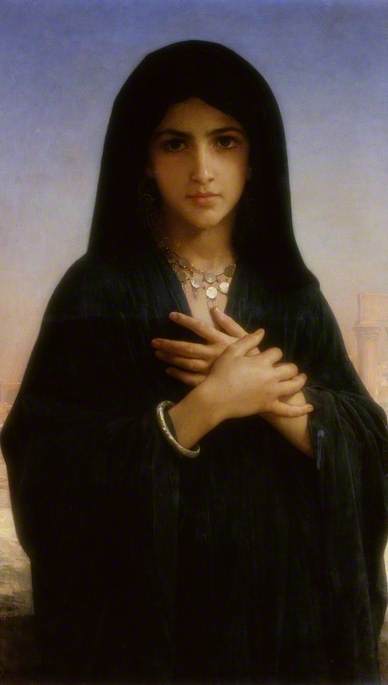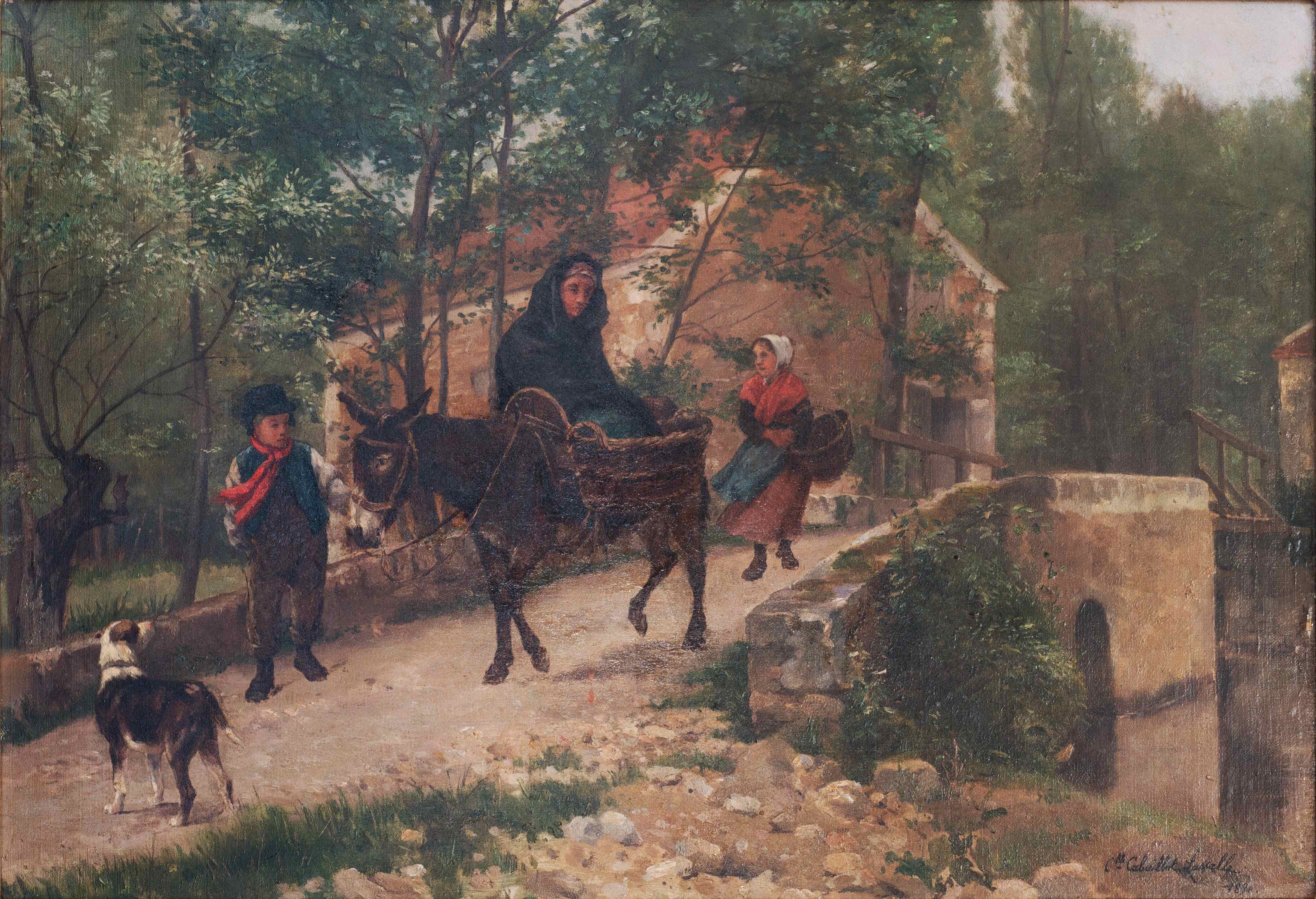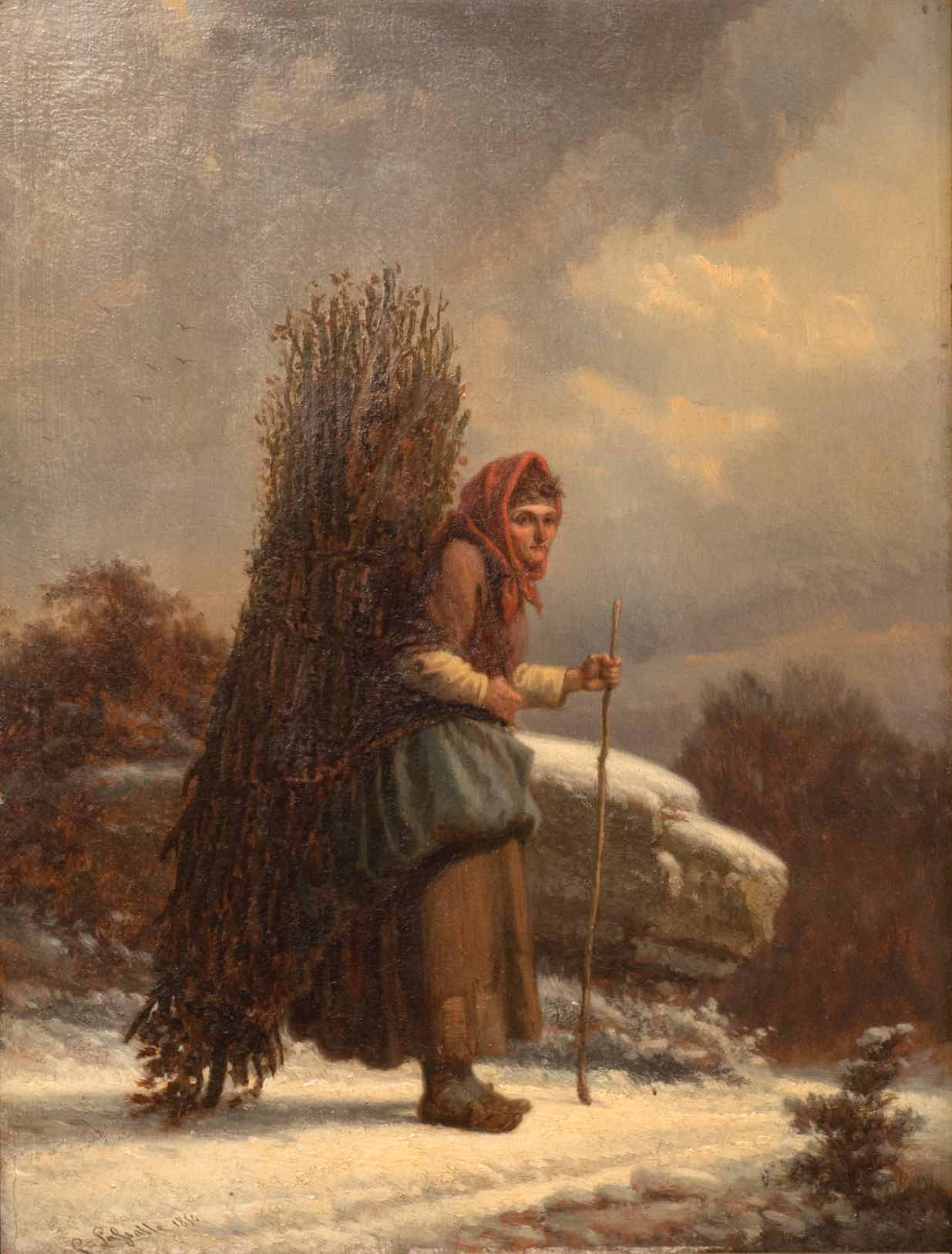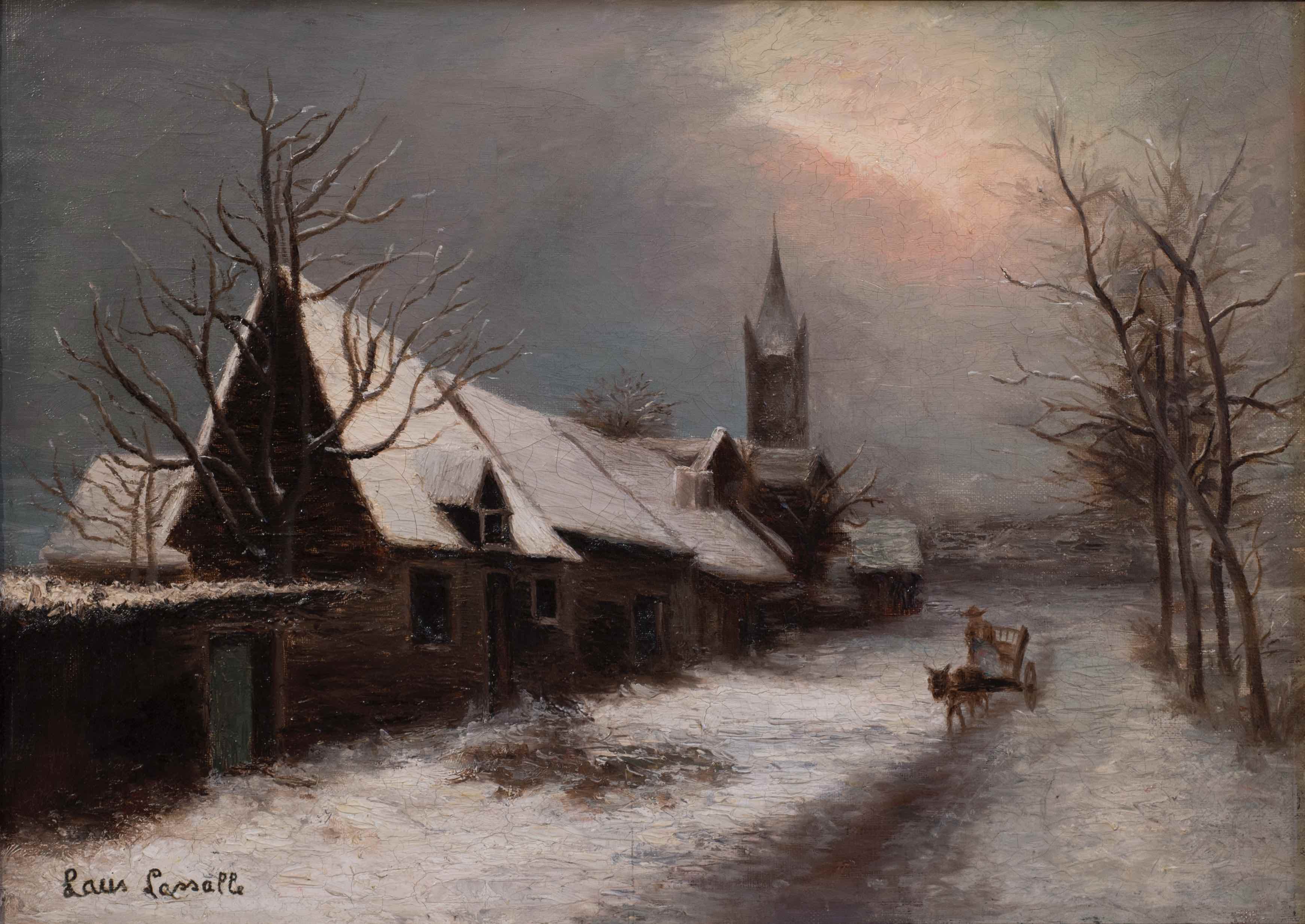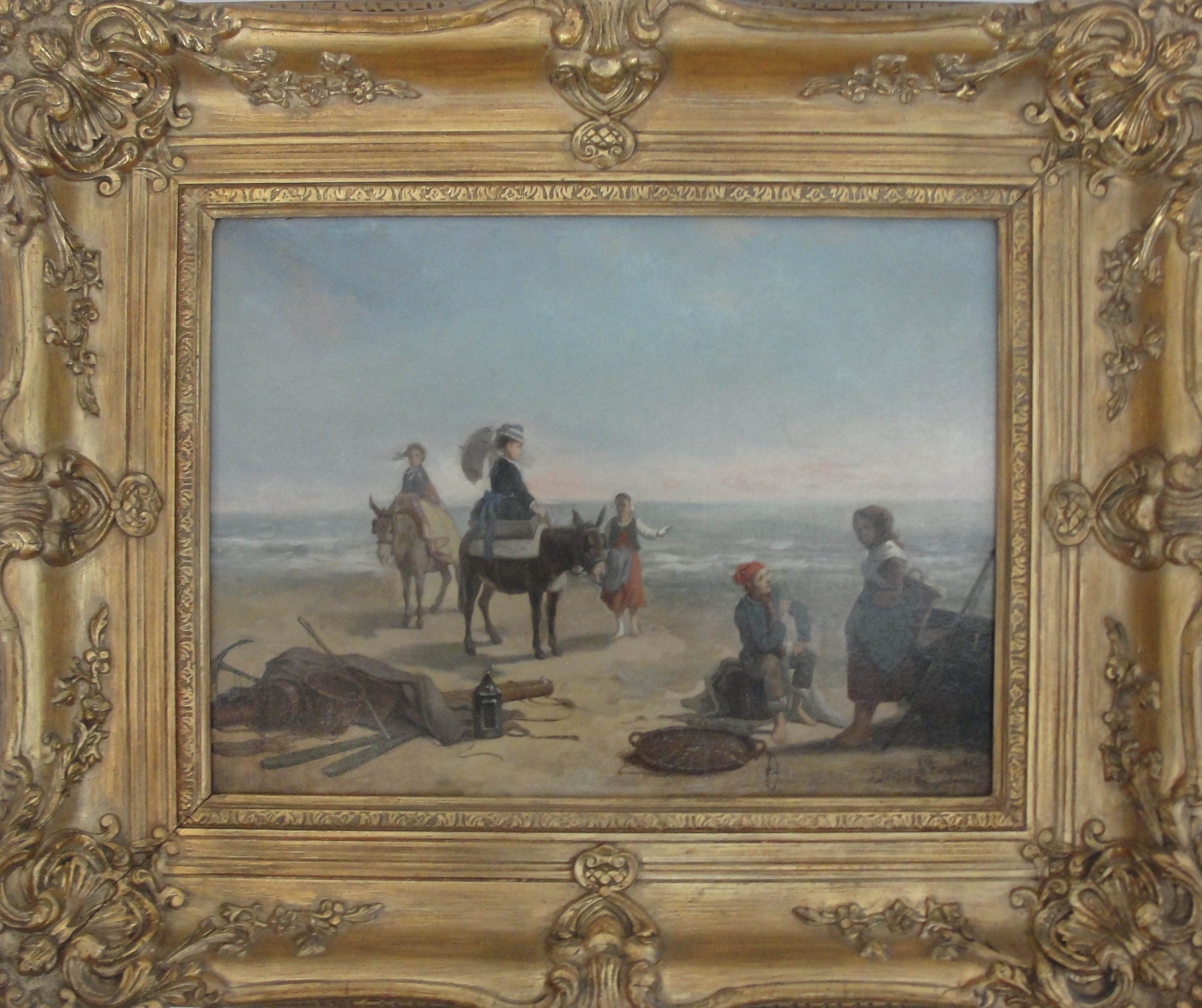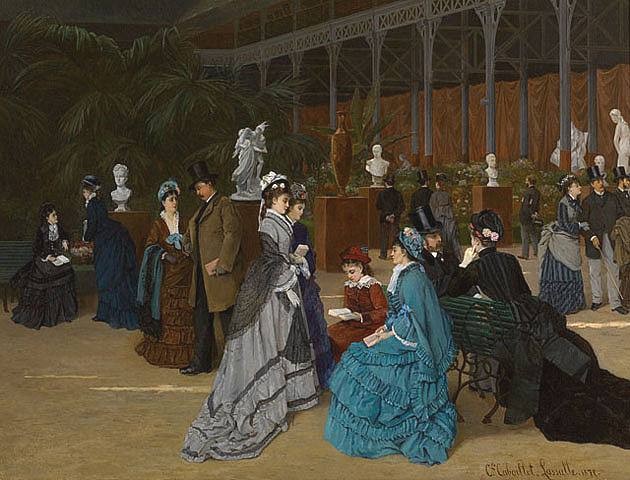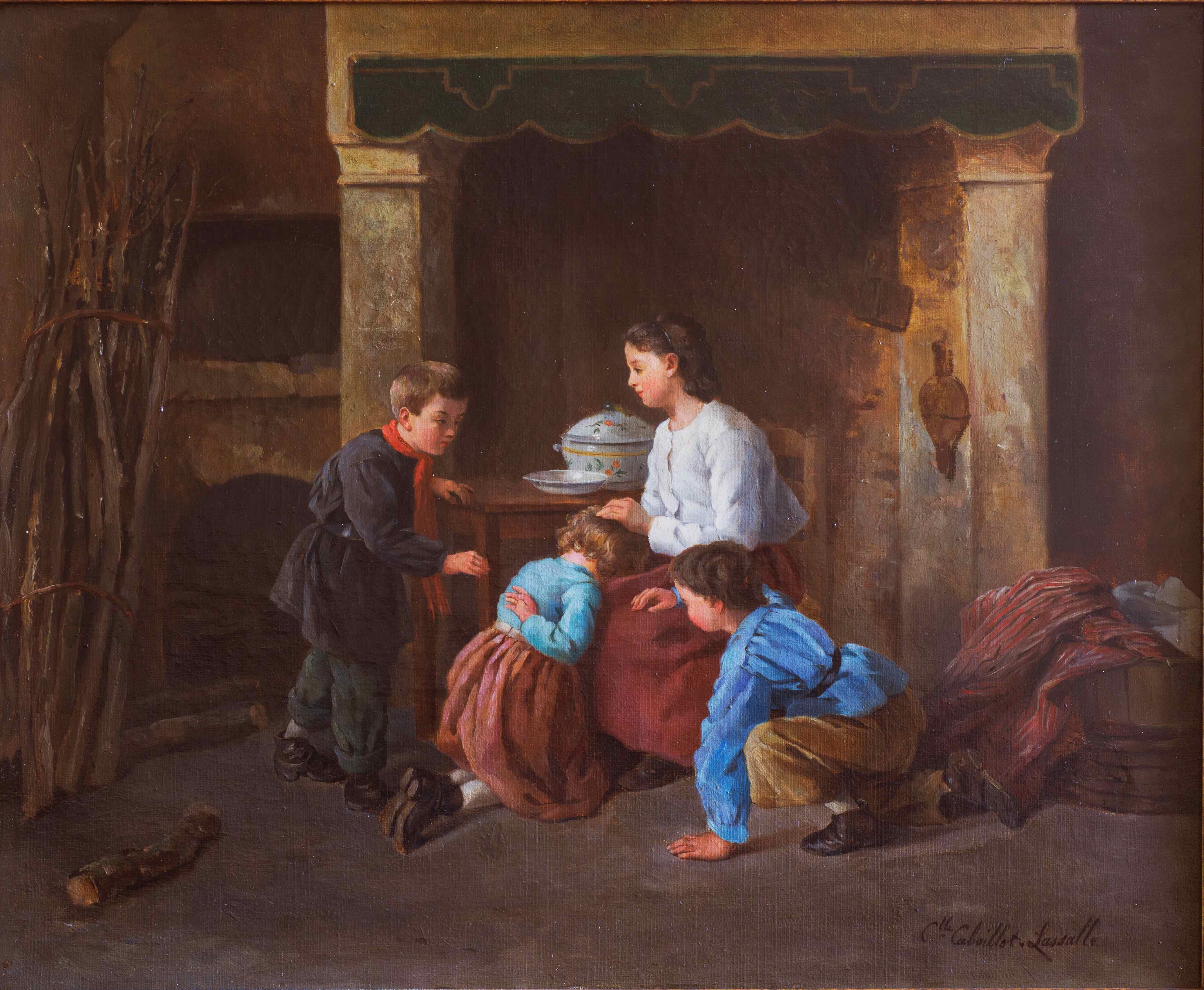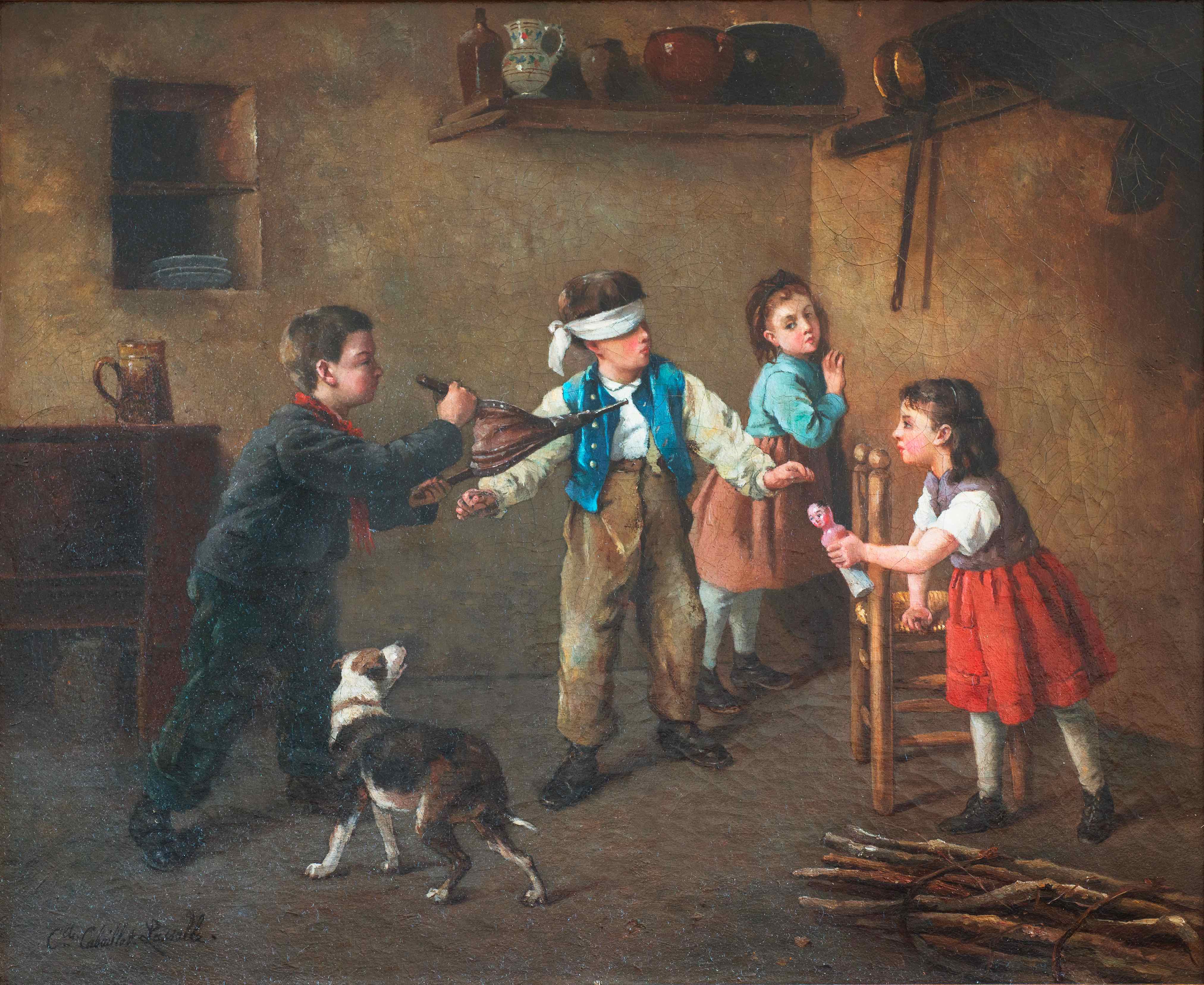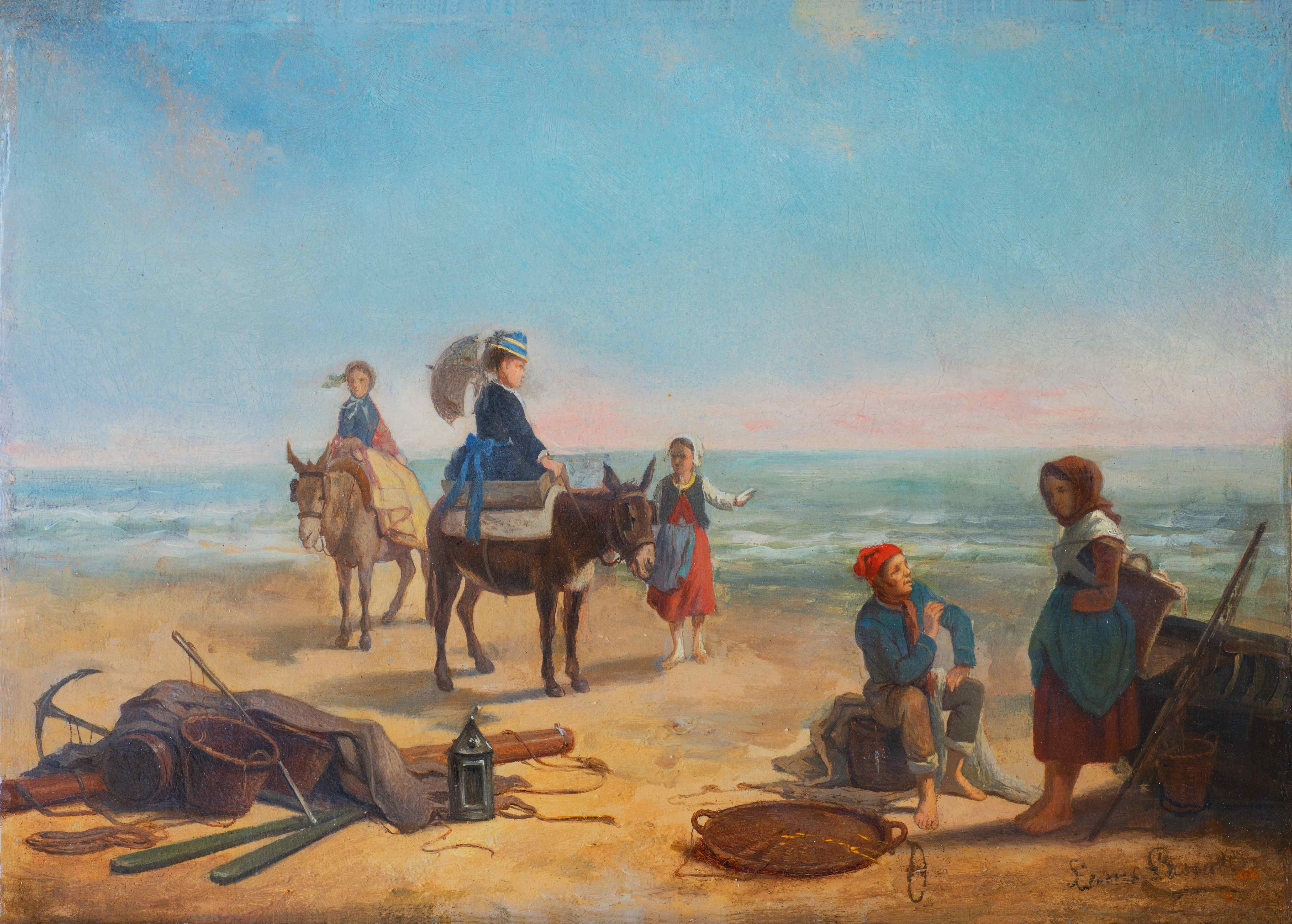George Henry Boughton
Norwich (Angleterre), 1833 – 1905, Londres
Bien que George Henry Boughton soit né à Norwich, Angleterre, en 1833 et qu’il ait vécu à Londres pendant toute la seconde partie de sa vie, ses années de formation comme artiste indépendant débutèrent à Albany (état de New York) où sa famille s’installa dans les années 1830.
A l’âge de 19 ans, il était un peintre paysager et ouvrit son premier atelier en 1852.
L’American Art Union acheta un de ses premiers tableaux. Cette institution l’encouragea à exposer ses œuvres et l’aida pour qu’il puisse passer six mois à étudier en Angleterre.
En 1857, George Henry Boughton exposa au Washington Art Association et en 1859 et 1860, travailla à New York. En 1860, il alla à Paris où il étudia auprès de Pierre Edouard Frère et d’Edouard May. L’influence française fut ensuite visible dans son style.
George Henry Boughton ouvrit un atelier à Londres en 1861. Bien qu’il vécût, à partir de ce moment, en Angleterre, son sujet de prédilection fut l’histoire coloniale américaine. S’il exista un peintre capable de raconter une histoire avec de sincères sentiments en utilisant des couleurs et des tons doux, ce fut bien George Henry Boughton. Un critique londonien a déclaré que « il a appris à mettre des sentiments naturels dans un environnement rustique, ce qui manque à la plupart des peintres anglais ». L’histoire des puritains de la Nouvelle Angleterre est le sujet d’un de ses plus fameux tableaux « Pèlerins allant à l’église », actuellement à la Société historique de New York.
En tant que peintre accompli, son œuvre est exposée dans les plus grandes académies dont il fut également membre.
George Henry Boughton poursuivit sa carrière en Angleterre jusqu’à son décès en 1905 à Campden Hill. Ses tableaux sont maintenant exposés dans des musées, aussi bien aux USA qu’en Angleterre.
Pour plus d’informations, nous vous invitons à lire le livre « L’Ecole d’Ecouen – une colonie de peintres au XIXe siècle »
